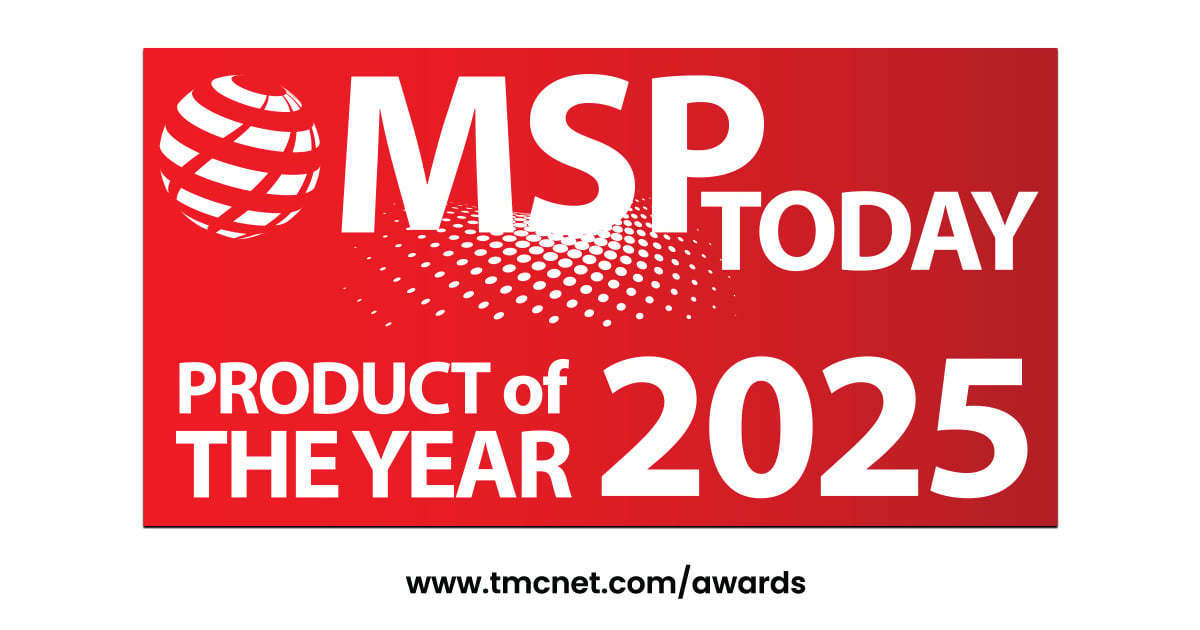
Upgrading industrial control systems (ICS) and operational technology (OT) environments with new technologies can introduce unforeseen problems for critical infrastructure.
Traditional ICS environments, for example, might not have built-in support for modern authentication methods like 2FA/MFA or secure connections using encryption. Implementing new technologies that rely on these features can create compatibility issues. Just think about trying to install a fingerprint scanner on a mechanical door lock – it simply wouldn't work. Forcing such integrations leaves systems vulnerable to cyberattacks that exploit these weaknesses.
When it comes to outdated software mechanisms, connecting existing infrastructure to systems running highly vulnerable end-of-life operating systems is a recipe for disaster. These outdated platforms often lack critical security patches, which, as you likely have guess, makes them easy targets for hackers.
These are just a couple of challenges that arise when implementing new technologies in ICS/OT environments. To protect organizations’ critical infrastructures against cyber threats, Cyolo, the secure remote access company for OT and ICS announced a strategic partnership with Dragos, a provider of cybersecurity for ICS/OT.
Cyolo helps IT and ICS organizations stay secure and productive in an era of distributed workforces and unprecedented cyber threats. Cyolo’s platform enables all users, including employees, third parties and remote or on-site workers, to connect to their working environments seamlessly and securely via modern identity-based authentication.
The Dragos Platform gives customers visibility into their ICS/OT assets, vulnerabilities, threats and response actions. The strength behind the Dragos Platform comes from Dragos’s ability to codify industry-leading OT threat intelligence and insights from the Dragos services team into the software.
Under the umbrella of Cyolo’s CyoloVerse partner program, Cyolo's PRO Secure Remote Access Platform will work with Dragos’s OT cybersecurity platform.
The interoperability through an API architecture or operator console is designed to provide OT customers visibility and management of their asset inventory and enhance asset vulnerability detection and remediation capabilities through a seamless secure controlled access platform.
“Cyolo ICS/OT security and safety expertise are changing the way organizations understand secure remote access,” said Matt Cowell, Vice President of Business Development at Dragos. “With our companies’ complementary capabilities and unique strengths, we can manage security through the different layers of the operational environment and protect a wider array of organizations across critical infrastructure.”
Cyolo and Dragos join forces to offer a complete ICS/OT security solution built on five pillars. Dragos takes care of incident response by using operational knowledge to restore systems and improve integrity. They also contribute to a strong security architecture alongside Cyolo's secure remote access platform. This combined approach ensures clear network visibility, segmentation and enforcement.
Dragos' continuous monitoring tools identify vulnerabilities, while Cyolo's secure remote access ensures safe and controlled access even in modern hybrid work environments. Finally, both companies contribute to a risk-based vulnerability management system that prioritizes threats based on potential impact. What this means is proactive prevention, response and recovery capabilities.
“Cyolo joins Dragos to address security and operational challenges impacting OT environments," said Joe O’Donnell, Executive Vice President of Corporate Development and OT General Manager at Cyolo. “The interoperability of the Dragos Platform and Cyolo PRO provides OT practitioners and industrial organizations with the full spectrum of cybersecurity services across the 5 ICS/OT Critical Controls. The timing could not be better as the world aggressively embraces Industry 4.0.”
Additionally, the solution will deliver unsurpassed visibility and control of critical digital assets through secure identity-based access. Together, both companies will deliver simpler, stronger and more efficient security controls that lay the foundation for Zero Trust (NIST 800-207).
Edited by
Alex Passett






